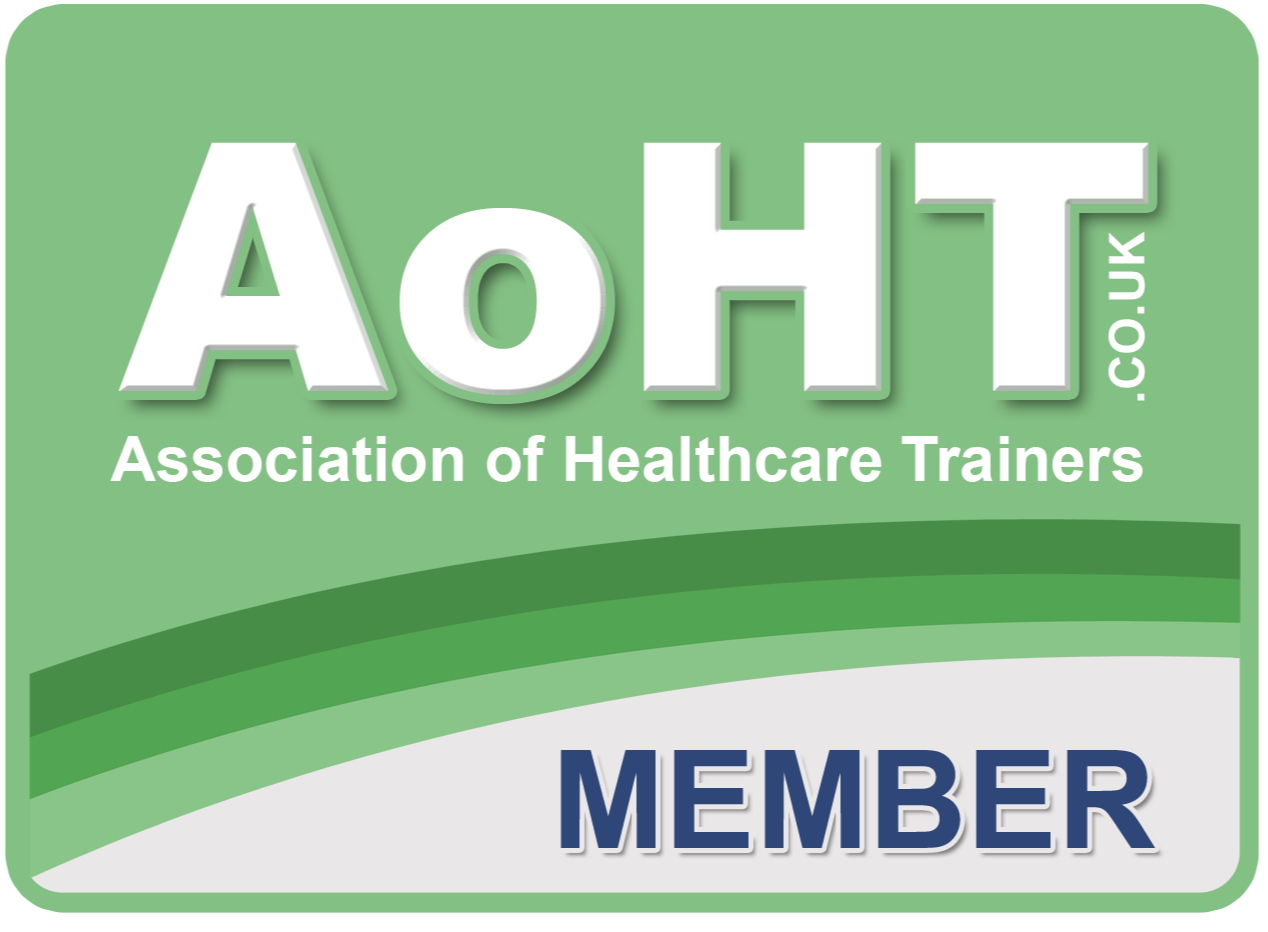Design Thinking in Healthcare
As healthcare workers, it's easy to get caught up in the day-to-day routines of patient care. But what if there was a way to approach healthcare challenges with a fresh perspective, one that could lead to innovative solutions and better outcomes for patients? Enter design thinking.
Design thinking is a problem-solving approach that prioritizes empathy, experimentation, and collaboration. It's been used successfully in industries like tech and marketing, but it's also gaining traction in healthcare.
Design thinking is a problem-solving approach that prioritizes empathy, experimentation, and collaboration. It's been used successfully in industries like tech and marketing, but it's also gaining traction in healthcare.
In this article, we'll explore the basics of design thinking for healthcare and how it can benefit both patients and healthcare workers.
Understanding Design Thinking for Healthcare
Design thinking is a human-centered approach to problem-solving. It involves empathizing with the end-users (in this case, patients and healthcare workers), defining the problem, ideating potential solutions, prototyping, and testing. The goal is to come up with solutions that are not only effective but also sustainable and scalable.
Improving patient education: Patients often leave healthcare facilities feeling confused or overwhelmed. Design thinking can be used to create educational materials that are clear, concise, and tailored to the patient's needs.
Developing new medical devices: Design thinking can also be applied to the development of medical devices. By involving end-users in the design process, healthcare workers can create devices that are easier to use and more effective.
In healthcare, design thinking can be used to tackle a variety of challenges, from improving patient experiences to streamlining operations.
Here are a few examples:
Here are a few examples:
Reducing patient wait times: By analyzing the patient journey and identifying pain points, healthcare workers can come up with solutions to reduce wait times, such as creating a digital check-in system or optimizing staff schedules.
Improving patient education: Patients often leave healthcare facilities feeling confused or overwhelmed. Design thinking can be used to create educational materials that are clear, concise, and tailored to the patient's needs.
Developing new medical devices: Design thinking can also be applied to the development of medical devices. By involving end-users in the design process, healthcare workers can create devices that are easier to use and more effective.
Benefits of Design Thinking in Healthcare
Design thinking offers several benefits in healthcare, including:
Better patient outcomes: By prioritizing empathy and understanding the patient's perspective, healthcare workers can develop solutions that better meet the patient's needs.
Increased staff engagement: Design thinking encourages collaboration and experimentation, which can lead to a more engaged and motivated staff.
More efficient operations: By analyzing workflows and identifying inefficiencies, healthcare workers can come up with solutions that streamline operations and save time and resources.
Getting Started with Design Thinking in Healthcare
If you're interested in incorporating design thinking into your healthcare practice, here are a few tips to get started:
Define the problem: Once you've identified the challenges, define the problem you're trying to solve. This will help you stay focused and avoid getting sidetracked.
Start with empathy: Design thinking starts with understanding the end-users. Spend time talking to patients and healthcare workers to gain a better understanding of their needs and challenges.
Define the problem: Once you've identified the challenges, define the problem you're trying to solve. This will help you stay focused and avoid getting sidetracked.
Ideate potential solutions: Brainstorm potential solutions without worrying about whether they're feasible or not. This is the time to think big and be creative.
Prototype and test: Create prototypes of your ideas and test them out. This will help you identify any issues early on and refine your solutions.
Final Thoughts
Design thinking is a powerful approach to problem-solving that can lead to innovative solutions and better outcomes in healthcare. By prioritizing empathy, experimentation, and collaboration, healthcare workers can develop solutions that are not only effective but also sustainable and scalable. So why not give it a try and see what kind of impact it can have on your healthcare practice?

Better Health Academy is more than a training platform—it’s a hub for healthcare excellence. We empower nurses, healthcare professionals, and changemakers with practical skills, evidence-based knowledge, and a supportive community that enables them to deliver exceptional care. Through our programs, we nurture competence, confidence, and leadership in healthcare, ensuring every professional is equipped to make a meaningful impact in their practice and the communities they serve.
Copyright © 2024 Better Health Academy - All rights Reserved

